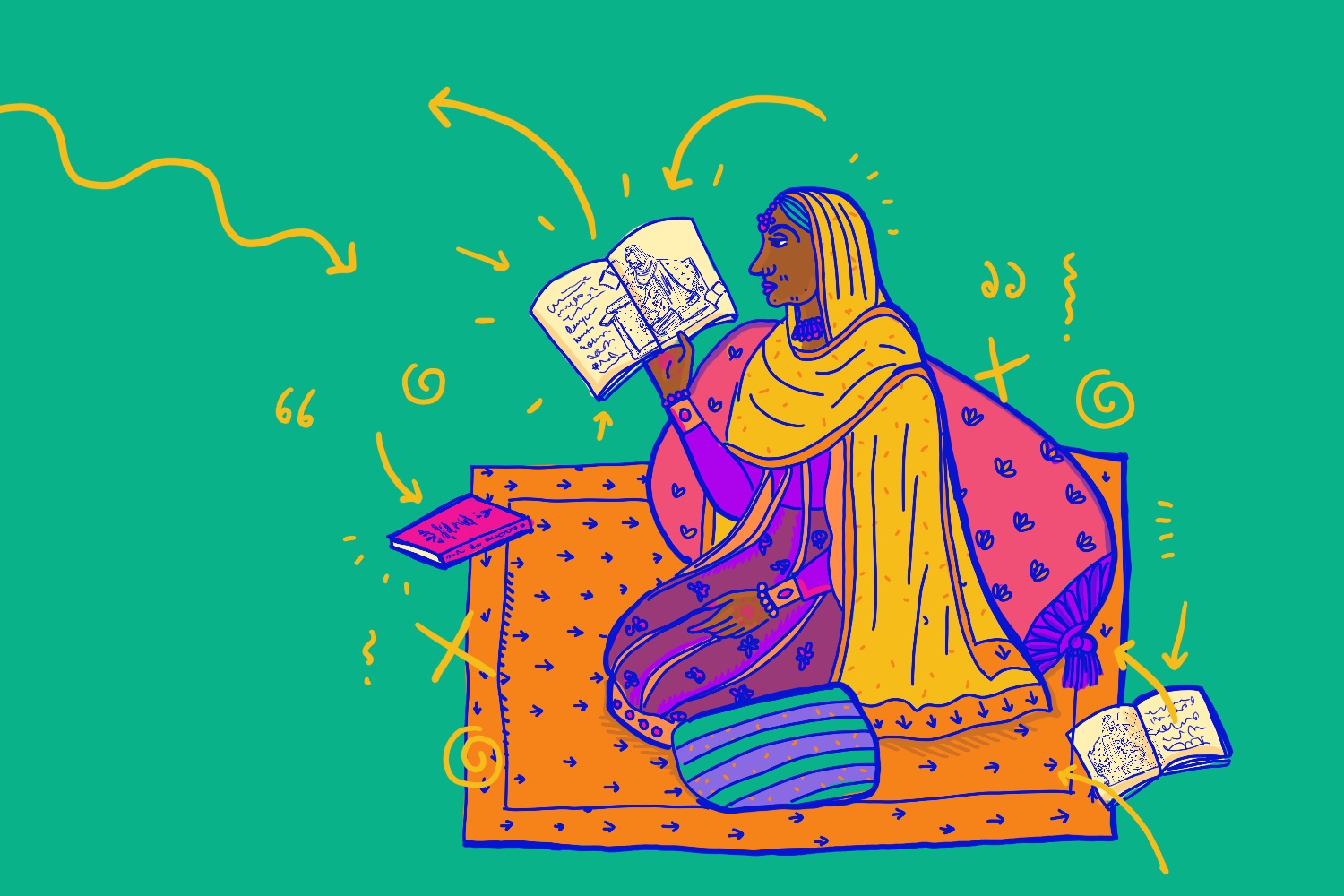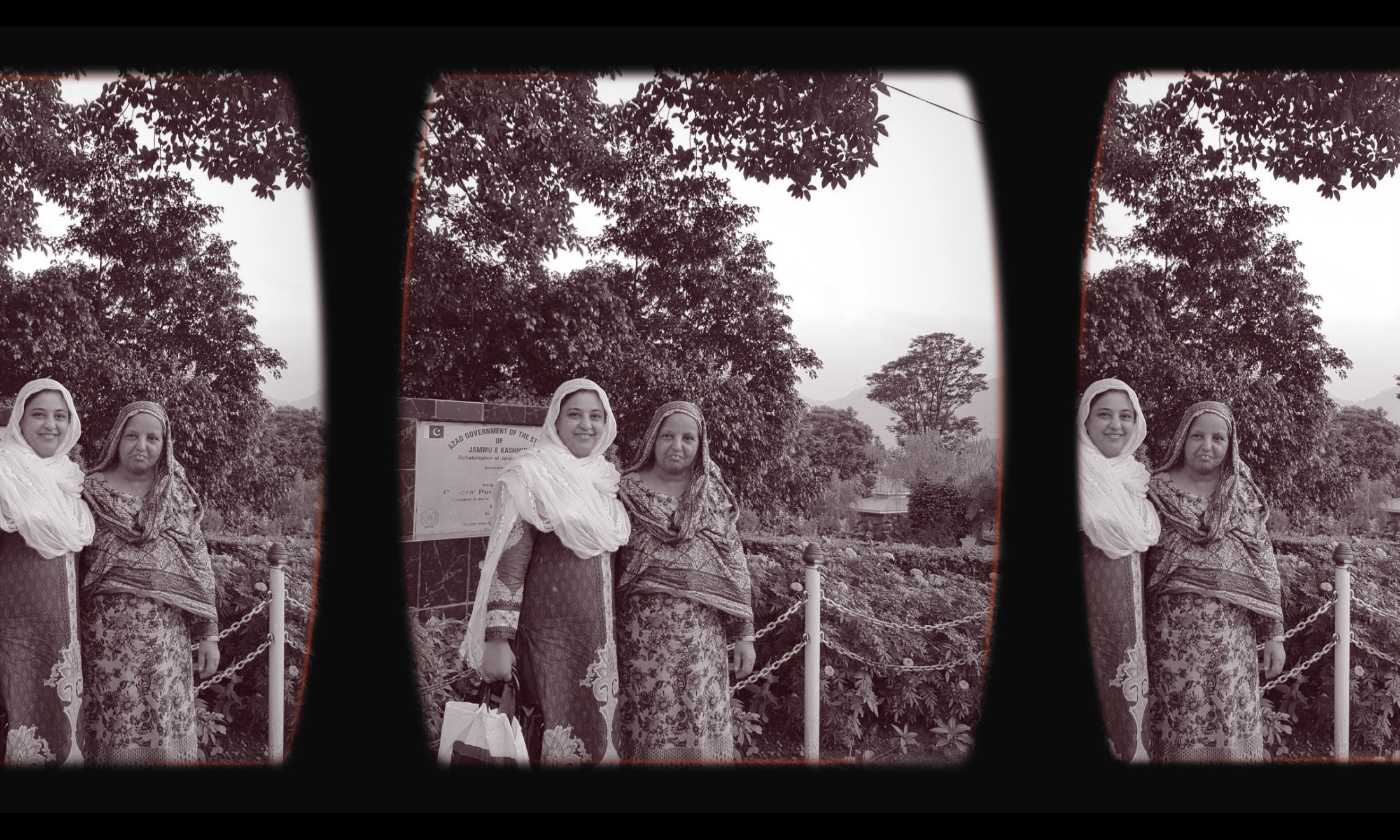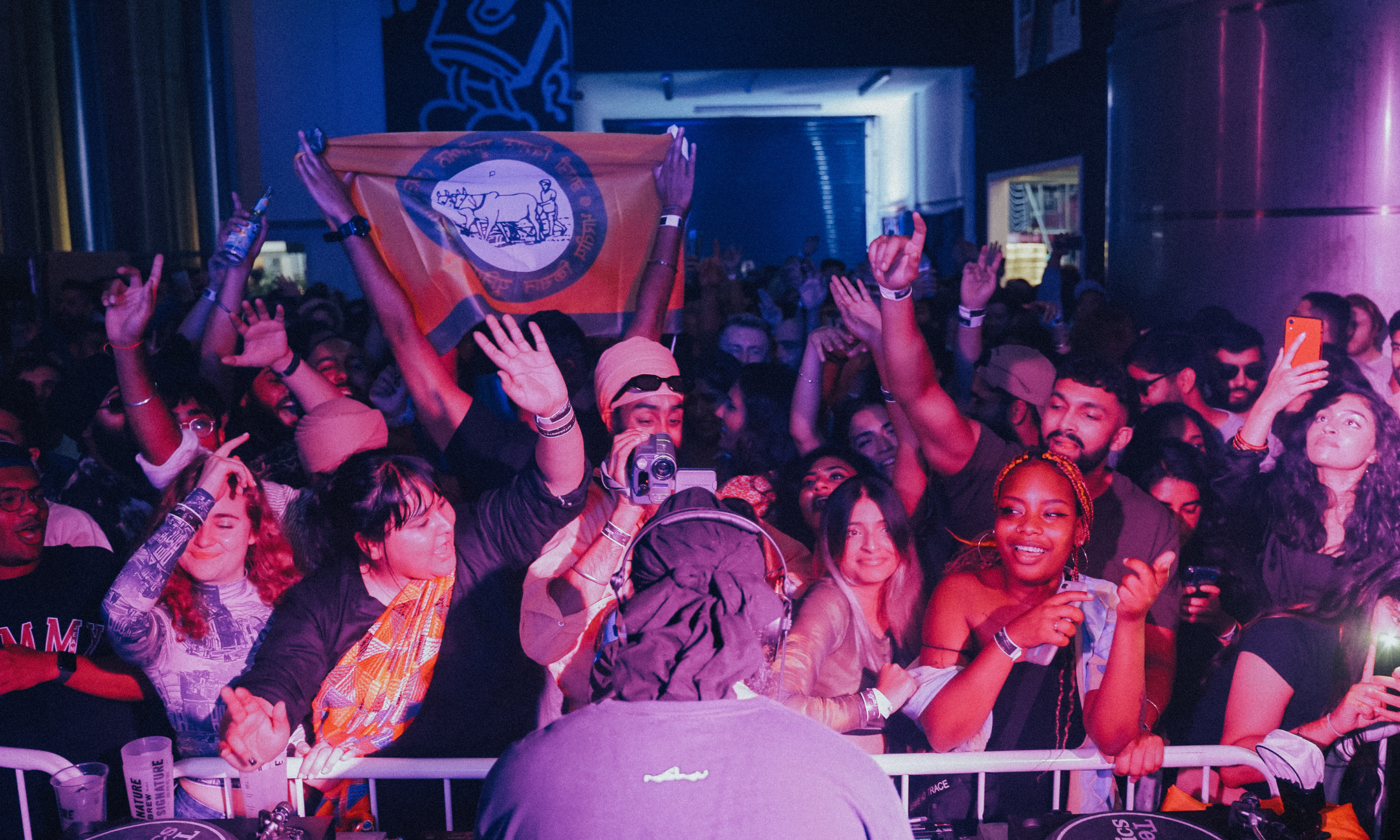
Illustration by soofiya.com
In November, the much-anticipated shortlist for the US $25,000 DSC Prize for South Asian Literature was unveiled at an event at the London School of Economics & Political Science. The shortlist comprises four authors of Indian origin and two authors of Pakistani origin, with one author’s work translated from original writing in Kannada (a language spoken by people in India, mainly in the state of Karnataka).
This prestigious prize has raised the profile of many South Asian writers, which I think is amazing. Because growing up Bengali in Sweden, I had a tough time fitting in and my isolation was amplified by the lack of diversity in the books I immersed myself in.
When I picked up a copy of Sandhya Menon’s book, When Dimple Met Rishi last year, I came to a stunning realisation: I had never actually read a book with a main character like me. When I first saw the book, I was shocked; I had never seen my skin colour on a cover before. And staring back at me was not only a brown girl, but one with henna on her hands. I prayed to the universe that this book would not fail me like so many others had. It was then that I also began to understand the importance of South Asian representation in literature.
Reading the novel, I shook my head and laughed at Dimple’s overbearing mother who was just like mine. I was at peace reading Indian words interspersed with English. It was all so similar to how I mix Bengali with Swedish when speaking to my parents. For the first time, in my 21 years of existence, I saw myself represented.
Growing up Bengali in Sweden was difficult; I didn’t play by the same rules that my peers did. My friends spent Saturdays hosting sleepovers whereas I spent almost all of my Saturdays at a Bengali gathering. When I tried to explain why I’d spend my evenings preparing for exams two months away or why it’s important I spend time with other Bengali teenagers, my friends never understood. So I turned to books for an escape. I read voraciously -about 120 books a year – trying to find my reality reflected in between pages.
?? ?? Two Pakistani authors have made the longlist for the 2018 DSC Prize for South Asian Literature.Unveiled in New Delhi on Oct. 10, the longlist contains 16 novels, including Exist West by Mohsin Hamid and Home Fire by Kamila Shamsie. https://t.co/cIWCfdZvFv
— LLF (@lhrlitfest) October 13, 2018
But I never saw myself in the stories I read. And I’m not alone. Even in 2018, when the world is reckoning with diversity and inclusion, a mere 1% of all children’s books featured a protagonist from a BAME (Black, Asian, and Minority Ethnic) background and just 4% of books featured BAME characters at all. The lack of representation in children’s literature and YA fiction has lasting consequences.
For me, it turned into internalised self-hate, because I never saw myself or my culture as normal. My Swedish friends thought it was weird that I wasn’t allowed to wear tops where my shoulders were showing. They thought I was strange because they had never seen, read, or heard about a person with experiences like mine. To them, I was just around for comedic relief with my “funny” anecdotes about my Bengali experiences. And the books I read only confirmed this experience; the brown kid was always the sidekick – never the hero.
Children’s stories are not only portals into another world but a way for children to see themselves, and their struggles illustrated and explored by protagonists – which is why we need more diverse books. But while there’s still a long way to go, progress is being made in the world of South Asian literature. This year alone, I’ve discovered more South Asian authors, including Aisha Saeed, Sheba Karim, Bali Rai and Nisha Sharma. I plowed through their novels and am eagerly waiting for more novels written by and for South Asians. My 2019 calendar is filled with South Asian releases by authors like Sabina Khan, whose book The Love & Lies of Rukhsana Ali tells the story of a lesbian Muslim teen and Yasmin Rahman’s All the Things We Never Said about three girls who form a friendship from a suicide website.
A mere 1% of all children’s books featured a protagonist from a BAME (Black, Asian, and Minority Ethnic) background and just 4% of books featured BAME characters at all.
Seeing all this progress has made me more confident and excited to release my novel into the world, too. After attending the Winchester Writers’ Festival on a scholarship, I had the opportunity to meet with literary agents, one of whom, (Alice Sutherland-Hawes from the Madeline Milburn Agency) was so impressed with my novel that she wanted to sign me immediately. My upcoming novel is about 17-year-old Velia Farooq, who is struggling with what she wants versus what her mother wants for her. It explores the cultural divide that second-generation immigrants may face.
There is a long way to go, though. I still don’t feel like the main character because growing up, the brown girl never was. I don’t want any South Asian girl to feel that way, so I am taking control of our narrative, telling the stories and writing the novels I wish I had when I was growing up. I’m writing myself in so that girls just like me, can be the hero of their stories, because we deserve to see our realities reflected too.









